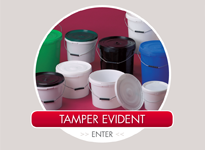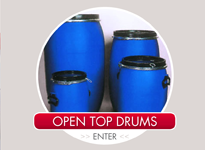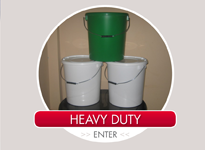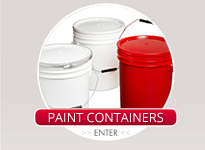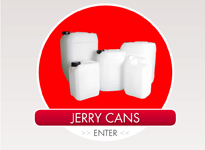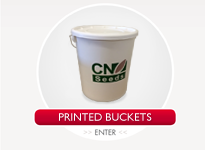

Food grade plastic pails and containers - seven main categories
August 23, 2012 at 4:13 PM
It takes a specific manufacturing process and type of plastic to ensure that a run of the mill plastic pail or container becomes a a food grade one. The plastic must be much purer than non-food plastic pails and have to meet certain criteria. There's a variety of compounds that can be used for food grade plastic pails but below are the seven main ones.
7 food grade plastics:
- Polyethylene terephthalate. A tough, transparent polymer boasting excellent gas and moisture barrier properties. It can hold carbon dioxide and that makes it ideal for use in manufacturing fizzy drink containers and detergent bottles.
- High density polyethylene. This is the sort of plastic you'll find in your orange juice containers, milk and water bottles etc. capitalising. It has exceptional protective barrier and chemical resistance properties, making it ideal for manufacturing plastic containers for household chemicals and detergents. Most five gallon food grade plastic pails are created from this toy of plastic.
- Low density polyethylene. HDP's little brother possesses both clarity and flexibility and therefore used for making bottles that require this level of flexibility. It's also often used to make shopping bags, cling film and bin liners which make the most of its strength and solidity in film form.
- Vinyl (polyvinyl chloride, or PVC). As with polyethylene terephthalate, PVC boasts incredible transparency, clarity, resistance to being punctured and ‘cling’ factor. When used as a film, polyvinyl chloride breathes by exactly the right amount, making it idealfor containing freshly packaged food, like meat, that will require a certain amount of oxygen to give it a reasonable shelf life, as well as giving it the attractive, fresh look of a bright red surface.
- Polypropylene. This plastic compound boasts great high-tensile strength, which is why it's mostly used in lids that have to grip tightly on to threaded openings. One of its key features is that it can be hot-filled with liquid food such as barbecue sauce, ketchup syrup etc, that are required to cool once they are inside the food grade plastic pails and containers. It's able to do this because of its high melting point. Another use this kind of plastic has is for pails of products that have to undergo incubation, like yoghurt.
- Polystyrene. As a crystal, this is a colourless plastic which can be hard and transparent. However, it can be foamed too, giving it superb insulation properties. Foamed polystyrene is frequently employed in the manufacture of meat trays and egg cartons but most of you will know it from its more common application as packaging for white goods and TVs etc.
- Polycarbonate. This transparent, shatter-resistant plasticl is mostly used in the production of food grade plastic pails to be used in restaurants for food storage containers.
Tags: plastic buckets, pails, plastic containers
Category: Plastic container manufacturing
Add Pingback


